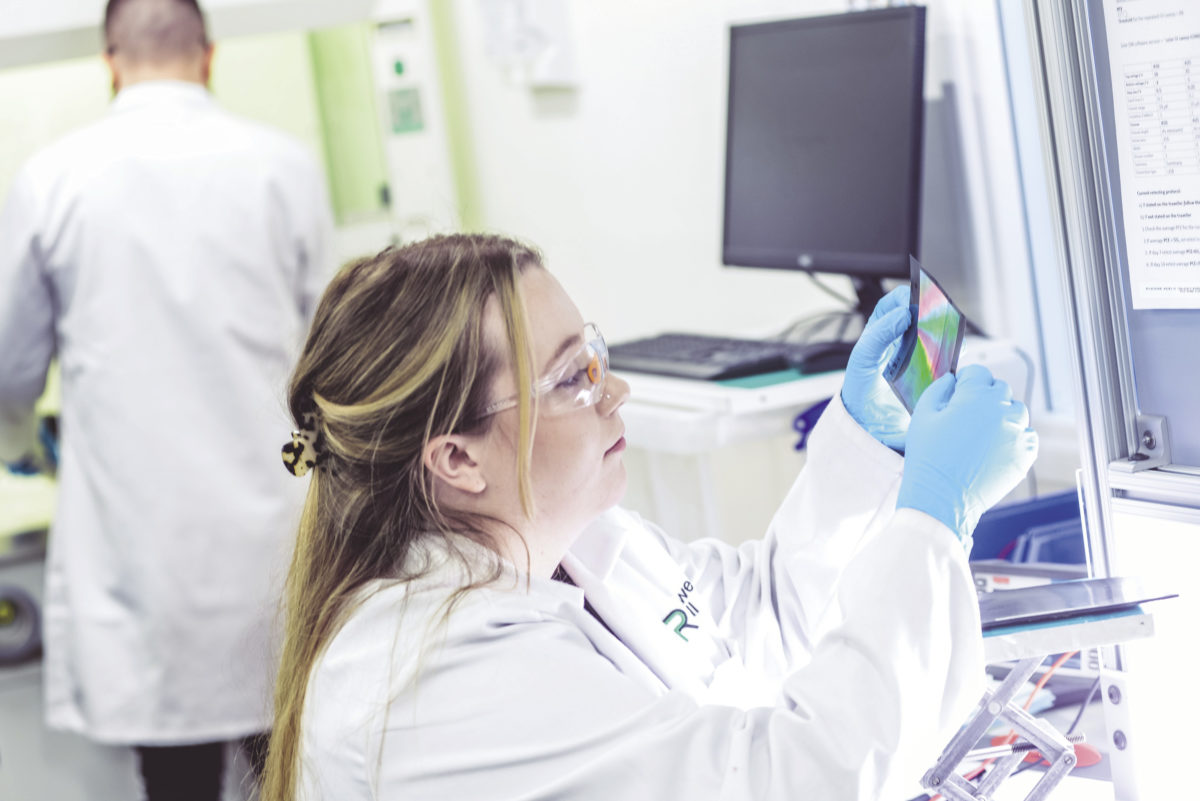Europe's struggle to move away from dependence on Russian oil and gas is threatened by renewable energy dependence on China. Indeed, 80% of the world's solar energy industry is located in China.
Europe's solar power projects would be stalled if solar cells or modules cannot be sourced from China, warns the International Energy Agency. It predicts that up to 95% of the solar industry could be concentrated in China by 2025. But do not forget imports from China could be affected by another wave of coronavirus, logistics disruptions, or by political wrangling, as Lithuania has experienced.
In the first four months of this year, China exported 49 GW of solar modules, half of which, 24.4 GW, were bought by European countries, according to consultancy InfoLink. Exports to Europe are up 144% compared to the same period last year. The Netherlands bought 12.1 GW of Chinese modules. Spain imported 3.3 GW, Poland and Germany 1.9 GW and 1.4 GW, respectively. InfoLink forecasts that European module demand will reach 49-55 GW this year.
In September 2020, Europe launched the Solar Industrial Programme to accelerate the implementation of solar PV component manufacturing projects. In 2021, the “European Solar Initiative” was created, aiming to create 20 GW of solar module production capacity by 2025.
Financing
We need to think in great detail about how the EU Solar Strategy will be implemented – the financing of planned measures through the EU Solar PV Alliance and other possible instruments. It is not yet clear to what extent the European Commission (EC) will call on Member States to reallocate funding for PV. We need to understand that PV production in Europe will only recover if there is long-term competitive financing for production
The production of solar cells in Europe, and the supply of raw materials for this production, must play a key role. Over the last five to seven years, cell production in Europe has declined. It will now require much more investment to restore it than would have been needed if funding had been provided to sustain production. Currently, the nine largest Chinese manufacturers account for more than 50% of the global solar cell market.
Studies show that in order to compete with the Chinese, it is necessary to build large-scale capacity with an annual capacity of at least 5 GW. Only then will projects be economically viable. In China, the cost of PV production is 10% lower than in India, 20% lower than in the US, and 20% lower than in Europe, due to differences in energy, labour, and other input prices.
European producers are and will be unable to compete on price with Asian producers, which receive billions in subsidies and use coal to produce cheap silicon. And this is the main difference with Europe, which already uses clean renewable energy in its production
It is no coincidence that the EU has set itself the strategic objective of re-establishing a solar manufacturing industry in Europe, whatever the cost, because it is a matter of strategic economic importance. We hope that this process will gain momentum in the near future. European producers must be ready for a qualitative leap.
Popular content
China has played a major role in making solar energy cheaper over the past decade, and helping to make it one of the cheapest and apparently most affordable ways of generating electricity worldwide. However, solar energy, which is becoming one of the cornerstones of the world's energy mix, is becoming too important to concentrate the production of solar components in one country, as is the case today.
The International Energy Agency has produced a report on the Global Solar Chain with recommendations to promote the production of solar components around the world and building solar PV component factories in regions where demand for solar energy is particularly high.
Even though the cost of producing a solar power plant in the EU is around 20% higher than in China due to higher energy costs and higher wages, EU policy makers need to find ways to produce solar power plants in Europe. Even if this requires subsidies for the construction of new factories or market defence mechanisms against imports of low quality products.
And manufacturers need to think about sustainable and innovative long-term solutions, because this is the only way we can compete with China, at least in Europe.
About the author

Julius Sakalauskas is CEO and co-shareholder at SoliTek Cells & Modules, Member of the Board, SIA “Global BOD Group. He started his career 15 years ago in a BOD Group company. He has an excellent knowledge of the entire internal production kitchen, processes, people, and was involved in the set-up of the BODGROUP technology center, which was recognized as the “Greenest Industrial Building in Europe” (in 2013 by German Chamber of Commerce). Julius Sakalauskas was one of the founders of SoliTek – BOD GROUP founded a solar technology company Soli tek Cells and built factory of solar panels in Lithuania, Vilnius in 2013. And in 8 years SoliTek became the leading solar panel manufacturer in the Scandinavian region.
The views and opinions expressed in this article are the author’s own, and do not necessarily reflect those held by pv magazine.
This content is protected by copyright and may not be reused. If you want to cooperate with us and would like to reuse some of our content, please contact: editors@pv-magazine.com.


2 comments
By submitting this form you agree to pv magazine using your data for the purposes of publishing your comment.
Your personal data will only be disclosed or otherwise transmitted to third parties for the purposes of spam filtering or if this is necessary for technical maintenance of the website. Any other transfer to third parties will not take place unless this is justified on the basis of applicable data protection regulations or if pv magazine is legally obliged to do so.
You may revoke this consent at any time with effect for the future, in which case your personal data will be deleted immediately. Otherwise, your data will be deleted if pv magazine has processed your request or the purpose of data storage is fulfilled.
Further information on data privacy can be found in our Data Protection Policy.